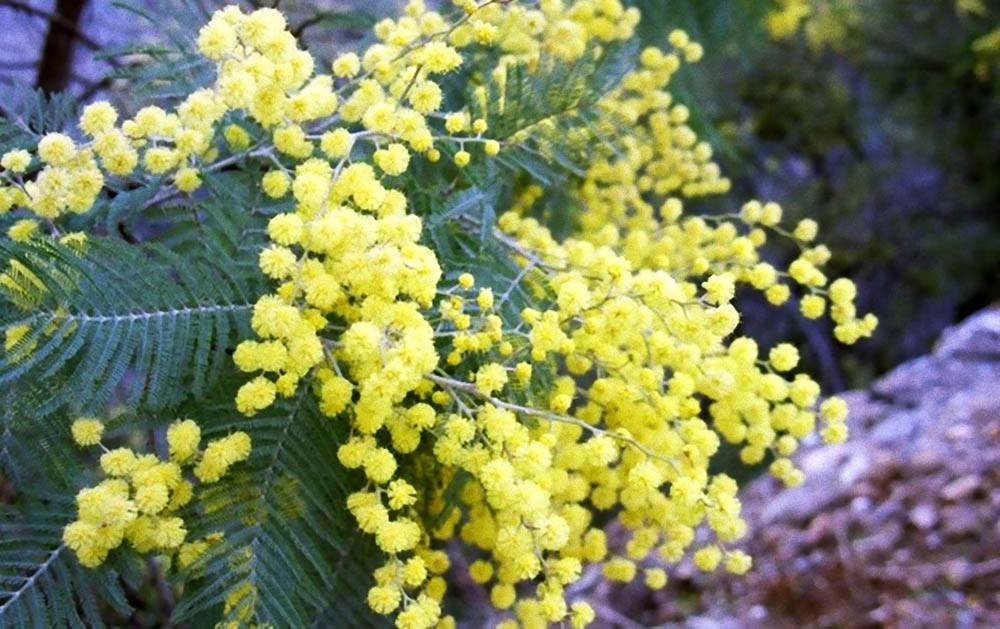An investigation led by the University of Coimbra (UC) concluded that the invasion of riverine forests by acacias affects aquatic communities in streams. Details of this study can be found in the journal Freshwater Biology.
As the most recent report from the Intergovernmental Platform on Biodiversity and Ecosystem Services indicates, invasion by exotic species is a serious threat to biodiversity and the functioning of ecosystems. The mimosa (acacia dealbata), an exotic tree originating in Australia, is one of the main invasive species in the Central Region of Portugal, especially in the Mondego River basin, where it already occupies significant areas.
According to Verónica Ferreira, researcher at the Center for Marine and Environmental Sciences (MARE) at the Faculty of Science and Technology of the University of Coimbra (FCTUC), «this study shows that biological invasions in a terrestrial ecosystem can have effects on adjacent ecosystems. , such as streams, so it is important to consider the interdependence between ecosystems when assessing the effects of these invasions».
This investigation also concluded that «the diversity of decomposing microorganisms and macroinvertebrates is lower in streams that cross acacia forests, compared to streams associated with forests of native species, largely as a result of the lower diversity of plant debris that enters streams in acacia and which are dominated by mimosa debris. On the other hand, streams in native species forests receive a great diversity of plant debris, a result of the greater diversity of plants», notes the study coordinator.
«These changes in the diversity of aquatic organisms in streams in invaded forest are worrying, as less diverse communities are less prepared to deal with environmental changes that may occur, such as those associated with climate change, and may be less effective in carrying out functions in the ecosystem, such as nutrient recycling», he warns.
Given the difficult management of invasive species in riverine forests, due to the existence of large areas, difficult access, the need for continued control and seeds transported from invaded areas upstream, Verónica Ferreira believes that «the best option is to protect riverine areas in the upper areas of river basins, which are generally in a better state of conservation, which may imply limiting human access and continuous monitoring to eliminate the presence of isolated mimosa individuals».
To evaluate the effects of the invasion of the riverine forest by mimosa on the diversity and abundance of decomposing microorganisms and macroinvertebrates, and also on the decomposition of plant debris, UC researchers carried out monthly sampling and measurements, over the course of a year, in six streams in the Serra da Lousã, an area largely invaded by mimosa, three streams in forest with native species and three streams in forest invaded by mimosa.
This study was carried out within the scope of the project “EXSTREAM – Effects of EXotic tree species on STREAM communities and processes: the case of invasion of native forests by Acacia spp.”, funded by the Foundation for Science and Technology (FCT) and coordinated by Verónica Ferreira, also with the collaboration of professor and researcher Albano Figueiredo from the Center for Geography and Spatial Planning Studies (CEGOT) of the Faculty of Arts at UC (FLUC).




















Comments